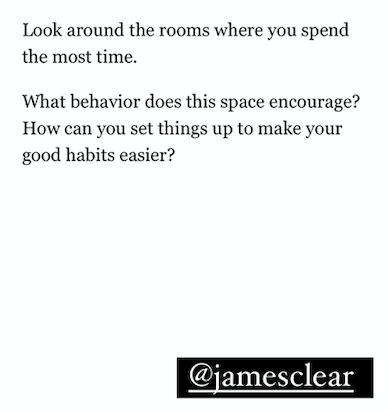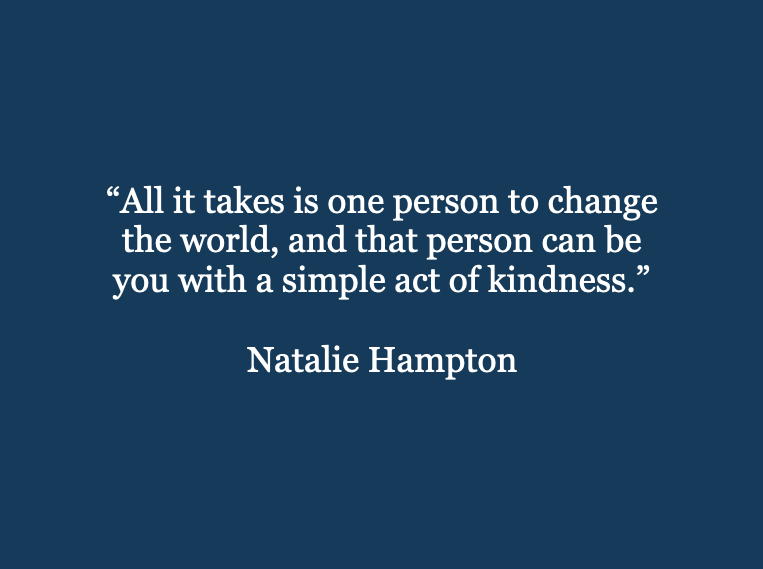
I will start by sharing a statement that might not make sense from the beginning but will make sense later in the post.
More people say nothing than people who say something.
I will come back to this in a bit.
First, I wanted to share this snippet from “The Innovator’s Mindset” about what happens when someone tries something “new” but is thwarted in their attempt:
“The problem is that when you say “no” to innovation—for any reason— people feel reluctant to attempt trying new things in the future. Their thinking is, “If I am not allowed to do something that could impact learning in my classroom or other classrooms, what purpose do I have in serving the needs of the school as a whole?” In other words, they think, “My ideas don’t matter.” And the innovation-squelching effect of no spreads like wildfire. When one staff member hears that someone was thwarted in their attempt to try something new, others learn to either not bother or become subversive. Some brave souls forge ahead, working from the belief that it’s better to ask for forgiveness rather than permission. But if we’ve established a culture in which educators feel their only option is to ask forgiveness for trying new things, this is not an educator issue, it’s a leadership issue. To quote Steve Jobs, “It doesn’t make sense to hire smart people and then tell them what to do; we hire smart people so they can tell us what to do.” If leaders spend the majority of time trying to manage and protect people from their own mistakes, not only are they wasting time, but they are losing the confidence of those they serve.
Squashing the ambitions of those who want to go above and beyond to try something new will ensure schools have only “pockets of innovation,” at best, and, at worst, no innovation. Sooner or later, the innovators will get tired of asking for forgiveness. They’ll move on to places where they’re trusted to use their creativity and passion—or, perhaps worse, they’ll settle into the status quo. In either case, learners will be deprived of their ingenuity.”
George Couros
So let’s get back to this idea:
More people say nothing than people who say something.
Many staff see how new ideas are either embraced or thwarted and determine their way forward without having the conversation. They put their head down and move forward or backward based on what they see in response to others. I have heard my friend, Superintendent Joe Sanfelippo share (paraphrased), “When people come up to me and enter a room with a new idea, I want them to be more excited about it when they leave.” This doesn’t mean that there is no guidance or discernment when discussing new ideas or initiatives in education, but it also recognizes that how you get people excited about taking the initiative is not just about the person in the room but the people viewing from the outside.
More people say nothing than people who say something.
I also think about this in a social context as well.
I shared the story of student Natalie Hampton in “Innovate Inside the Box,” who created the “Sit With Us” app that is meant to be a “first step to a warmer, more inclusive community.”
Here is what was shared from the “Sit With Us” website:
“Sit With Us was inspired by a miserable experience of being bullied in middle school. Apart from the verbal taunts and violence, one of the worst things was having to eat lunch alone, and the embarrassment of having others see me eating lunch alone. After I changed schools, whenever I saw someone eating lunch alone, I would always invite the person to join the group. Each time, the person’s face would light up, and a look of relief would wash over the person’s face. Some of those people have become some of my closest friends.
Sit With Us was born because I am committed to making sure that other kids don’t suffer as I did. I believe that seemingly small, incremental changes in the overall dynamic of a school community can bring about change, so that everyone feels welcome and included. I believe that every school has upstanders like me, who are happy and willing to invite anyone to join the lunch table. It is my hope, with people pledging to be Ambassadors at their schools, that no one will feel left out.”
Natalie Hampton
This is an incredible idea.
As I read this, I thought about the tables where people were not “welcomed” and what that taught other kids who witnessed people being discouraged from sitting at a table. Many probably never even asked because they didn’t want the embarrassment.
More people say nothing than people who say something.
But this doesn’t just happen in schools with the kids, as I have seen it with the adults. Over my years and many conversations with teachers all over the world, many had felt that they would instead not go to the staffroom because it could come off as cliquey and, sometimes, even toxic, to the point where people would rather eat alone when cheerful camaraderie was needed most to deal with the stress of teaching every day.
This is also true with social media.
I remember working with a group of educators one day and trying to convince them to join Twitter to find amazing ideas and connections to improve their teaching. One person, who was very nervous about signing up, shared a tweet asking for help with a specific topic, which I then retweeted to my network to hopefully give it more attention. The VERY FIRST response was from someone who basically said they had asked a stupid question and they should try to figure it out themselves. At that moment, I not only lost that person from trying again, but I lost a ton of people in that session who saw that interaction and thought, “Why would I join a space like that when I am already dealing with a stressful job?”
They never said it, but I could tell you if that were what I witnessed as the first interaction, you would have lost me in that moment.
More people say nothing than people who say something.
Personally, I remember some negative comments pointed my way when I shared my new book to the effect of, “Here is this guy just trying to sell his book!”
Well, yeah. I am an author. Why wouldn’t I want to sell my book? That’s kind of the point of being an author.
When I hear comments like this, I always wonder if a child in that same person’s class or school would get the same response. I have been blessed to have teachers in my lifetime to celebrate that I have become an author, and I hope every kid has the same experience I did in school.
But I also think about the other people watching that interaction who might be considering, “Why would I EVER put myself out there if that is the criticism I am going to receive?” As I shared earlier, does that interaction leave people more excited about taking a risk and trying something, or do more to discourage others from ever sharing their voice?
More people say nothing than people who say something.
As I write this post, I think of the times I have discouraged others from asking a question in a session because of how I previously treated someone. Over the years, I have tried to refine how I respond to others, especially when they disagree, to encourage more conversation, not less. But I am still a work in progress. My goal is to create that “table” where anyone would feel comfortable walking up and joining.
Some might read this and say, “People just need to toughen up.” Sure, that is one way to look at it.
Or, we could focus on just being better and realize that it is not only the person we interact with whom we make an impact but all of the people who see the interaction. Instead of learning that “More people say nothing than people who say something,” I hope to create a space where more people feel comfortable sharing their ideas and gifts with the world than those who don’t.
I will leave you with this quote from Natalie Hampton as a great starting point.

Could we all become better served by becoming more resilient when dealing with adversity? Of course.
But we can also improve environments more conducive to encouraging others to take risks in their growth and learning. Many say nothing, not because they have nothing to share but because the risk is not worth the potential ridicule. When we know people are watching, we need to ensure that they know their gifts will be encouraged and valued.